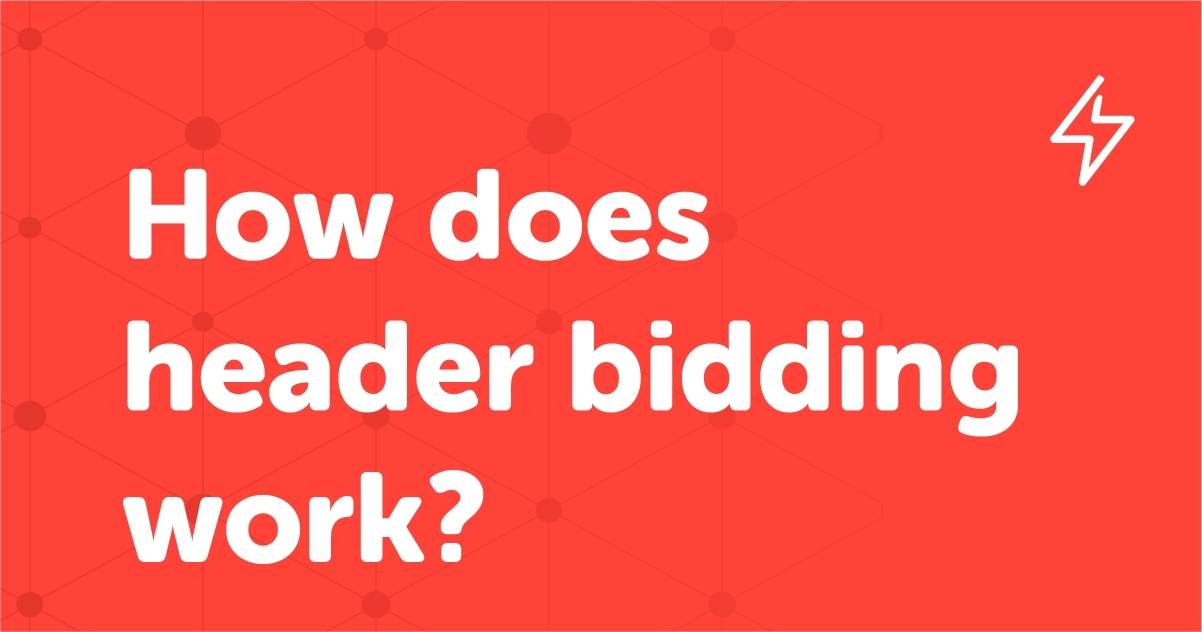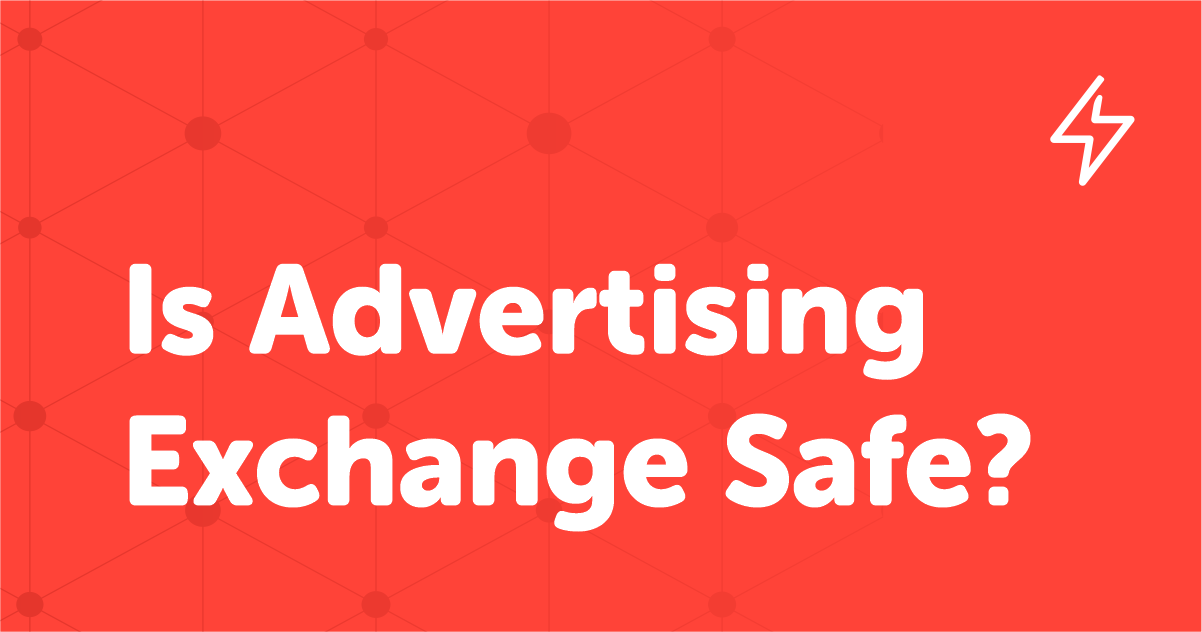Table of Contents

A few years ago, Google’s ad exchange (AdX) was the favorable mode of auction for publishers. Since Google Ad Manager (GAM) came with tremendous advantages and features over other ad exchanges, it was always running premium inventory, while the remaining exchanges fought for the less-premium ad units.
This changed when header bidding came into the picture, which enabled multiple ad exchanges to participate in a single ad auction at the same time, fueling market competition. As more ad exchanges bid for premium ad units simultaneously, publisher revenue increased, incentivizing them to switch to header bidding.
To recapture the advertisement market and reduce the share of header bidding, Google created Exchange Bidding Dynamic Allocation (EBDA), also known as Exchange Bidding, and later renamed Google Open Bidding.
This blog will explain Open Bidding, its key advantages over header bidding, how publishers can integrate it into their website, and key alternatives to both auction mechanisms.
What is Google Open Bidding?

The Exchange Bidding Dynamic Allocation was created in 2018 as an alternative to header bidding, which was gaining steam as the preferred bidding mode for publishers and advertisers.
Later renamed Open Bidding, the Google OB is a server-side unified auction managed by Google that allows supply-side platforms and ad exchanges to be in the running with Google AdX for impressions. Interestingly, the auction does not take place in the user’s browser but is executed in the ad server.
Open Bidding allows publishers to invite third-party demand partners to compete for your inventory in a single auction with real-time, server-to-server bidding. Open Bidding in Ad Manager also provides simplified trafficking, reporting, and billing.
How Does Google OB Work?
The Google OB works with the following process:
- Triggered Request: The process starts when a user visits the webpage, and the ad request is triggered and directed to the Ad Manager. The request also contains essential details about the user, including the device, targeting, and location.
- Auction: Once the request is received, the Ad Manager computes the best ad for the space according to different parameters and then identifies the networks and exchanges before starting the auction. When identified, Google sends a bid request to these exchanges. Then the exchanges submit their bids and the eligible bid wins the auction.
- Ad Display: Once the auction is completed, the Ad Manager returns the request to the page, and displays the ad of the auction winner.

Through this process, AdX does not get any prioritized bidding rights but places its bid along with all other exchanges through an equal priority basis and process. This enables publishers to receive the maximum revenue for the ad units without settling for a single ad exchange network that gets priority.
Open Bidding vs Header Bidding

While header bidding executes both a client-side auction and a server-side auction to allow publishers to receive bids for their ad inventory from multiple demand partners simultaneously, open bidding does it on the server-side only. Moreover, the execution process also differs for both, making it critical for publishers to understand the differences between them.
Here are some advantages of Google Open Bidding over header bidding:
- Payment Management: One of the critical advantages of using OB over header bidding is payment management. For OB, payments are sent directly to publishers via Google, whereas for header bidding, payments are managed by vendors or the publishers themselves.
- Latency: Since exchange bidding happens on the server-side, it offers a reduced latency than header bidding, which happens on the user’s browser (in the client-side auction). Therefore, the bidding process in OB does not affect the page latency.
- Technical Know-How: Even though there is no entry barrier to header bidding, the technical knowledge required to set up is relatively high. On the other hand, publishers just need to sign up with Google Ad Manager, which then takes care of the setup process for OB.
- Tagging: With Open Bidding, no additional tagging is required on the pages as it uses a publisher’s existing tagging, unlike client-side prebid header bidding.
- Line Items: In Open Bidding, the Ad Manager hosts a unified auction without any prioritized bids. Therefore, the bids compete for all reserved and non-reserved line items, and no line items need to be created in GAM, as is the case in prebid header bidding.
How to Get Google Open Bidding Integration?

To integrate OB, publishers need to create a Google Ad Manager account to set up exchange bidding. They also need to ensure that their network is compliant with exchange bidding. Google’s public exchange partners are compliant with the program, and publishers using those ad networks can start with OB immediately.
If the ad network is not one of Google’s partners, publishers can reach out to Google for more details on compliance. To complete the integration, publishers need to enable a company for Exchange Bidding. This company will receive bids and help publishers keep an eye on bids and revenue.
Header Bidding and Exchange Bidding Alternatives

While header bidding and exchange bidding come with a variety of unique characteristics and advantages over each other, publishers have been searching for a proficient alternative to get an optimal balance between increased revenue and user experience. One of the top alternatives for header bidding and exchange bidding is Server-To-Server (S2S) Header Bidding.
While it utilizes the same concept as client-side header bidding, in S2S, the client requests bids from a server instead of requesting the bids from the web browser. Once a bid is requested from the server, it sends the bids to ad exchanges. Therefore, while the client makes a single request to the server, the header bidding server then makes connections to all the Server-Side Platforms working with the publisher.
S2S header bidding generates wider adoption with its pool of features and advantages over the other bidding methods. Monetizing Accelerated Mobile Pages (AMP) also becomes easy with S2S, as hundreds of SSP partners are currently compatible with prebid header bidding on AMP pages. S2S header bidding also works perfectly for in-app advertising as it enables publishers to add or remove demand partners without having to release a new update of the application. Moreover, since applications use ad IDs and not cookies, no cookie-match errors occur.
What’s Next?
The last few years have been tremendous for publishers, as new advancements have made it easier to generate consistent and increasing revenue. The increased competition, new bidding methods, and overall digital penetration have driven ad revenue. Both header bidding and exchange bidding have had their fair share of success, with publishers reaping the benefits. While shifting from header bidding to EBDA might seem a daunting task, the shift might bring increased revenue.
No matter which bidding mechanism you choose, it is essential to get a fair yet substantial revenue. With AdSparc’s next-gen monetization solutions, we ensure you get the best bids for your ad space. With our solutions, you get increased advertiser competition, better rates, and overall increased revenue.
Interested in getting our next-gen solutions? Request a free callback today!
Also Read: What Is Header Bidding And Open Bidding: Understanding Benefits For Publishers & How They Work







